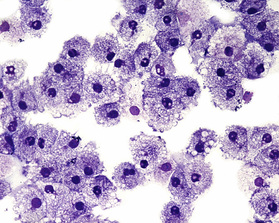
Lipton is a cellular biologist and as a researcher has examined the mechanisms by which cells receive and process information. He writes, “When I provided a healthy environment for my cells they thrived; when the environment was less than optimal, the cells faltered. When I adjusted the environment, these ‘sick’ cells revitalized.”
He goes on to share how scientists started to veer from the environment model after Watson and Crick‘s revelation of DNA’s genetic code. Genetic determinism has since become the belief of our modern culture: genes determine biology.
Succumbing to the hypothesis that genes control our lives, we have an “excuse” to become victims of heredity.
Today’s diseases, like heart disease, diabetes, arthritis and cancer are not the result of a single gene, but a complex interaction of many genes and environmental factors.
The latest scientific research has debunked the hypothesis of gene control to show that “when a gene product is needed, a signal from its environment, not the emergent property of the gene itself activates the expression of that gene.” The birth of epigenetics (control above genetics) is the forefront of science. What we now know is that "the DNA blueprints passed down through genes are not set in concrete at birth. Environmental influences, including nutrition, stress and emotions can modify those genes."
The question I have asked myself is: How can I create an environment within my being to allow my cells to be vital and healthy?
In my own personal quest, in the last two years I have directed my focus on creating an optimal environment for my wellbeing through alignment principles. Consistent practice of alignment, and observation of my movement habits has lain the foundation for me to be more efficient in the use of my muscles and joints, to the lovely benefit of getting out of chronic low back and sacroiliac pain.
Here are some suggestions to optimize your environment:
- Stand more and sit less
- Get adequate sleep
- Hydrate: At least 8 glasses of water
- Notice your habits: change those that aren't serving you and continue the habits that enhance
- Get nutrition
- Avoid alcohol, caffeine and processed foods
- Meditate
- Walk
- Laugh
- Attend my Restorative Exercise class
Try this: hold arm so your elbow pit is facing the ceiling, pronate your forearm. How far can you go?

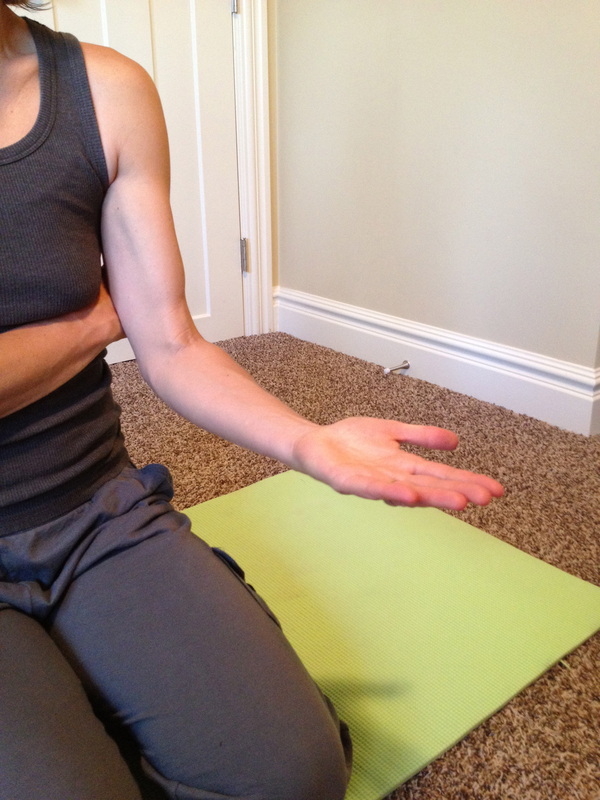
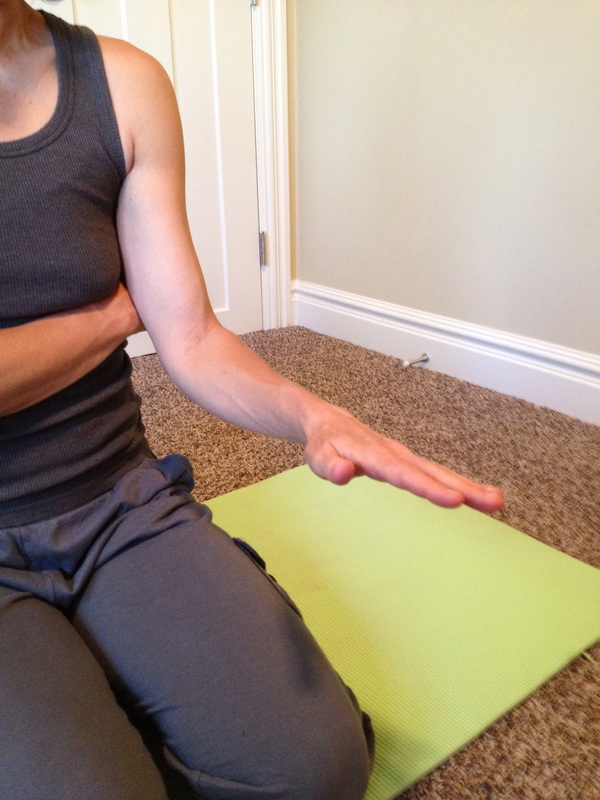
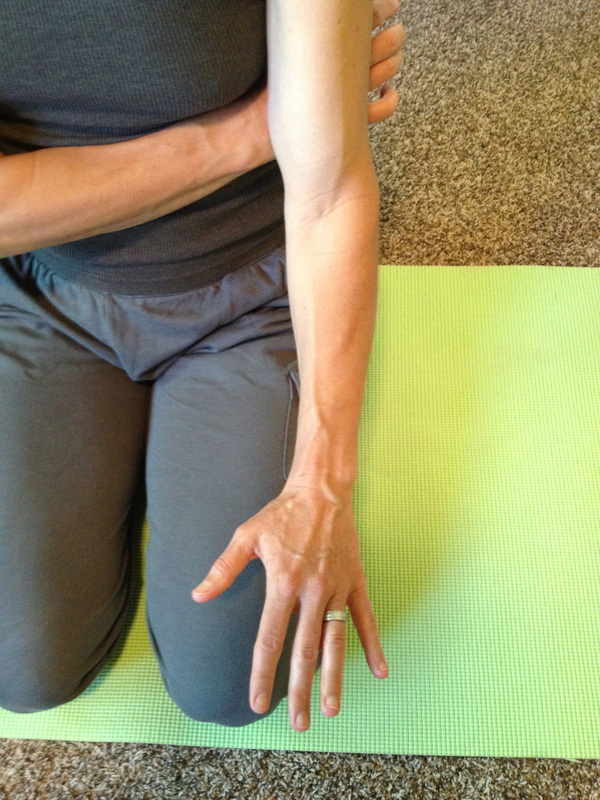
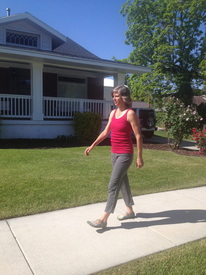



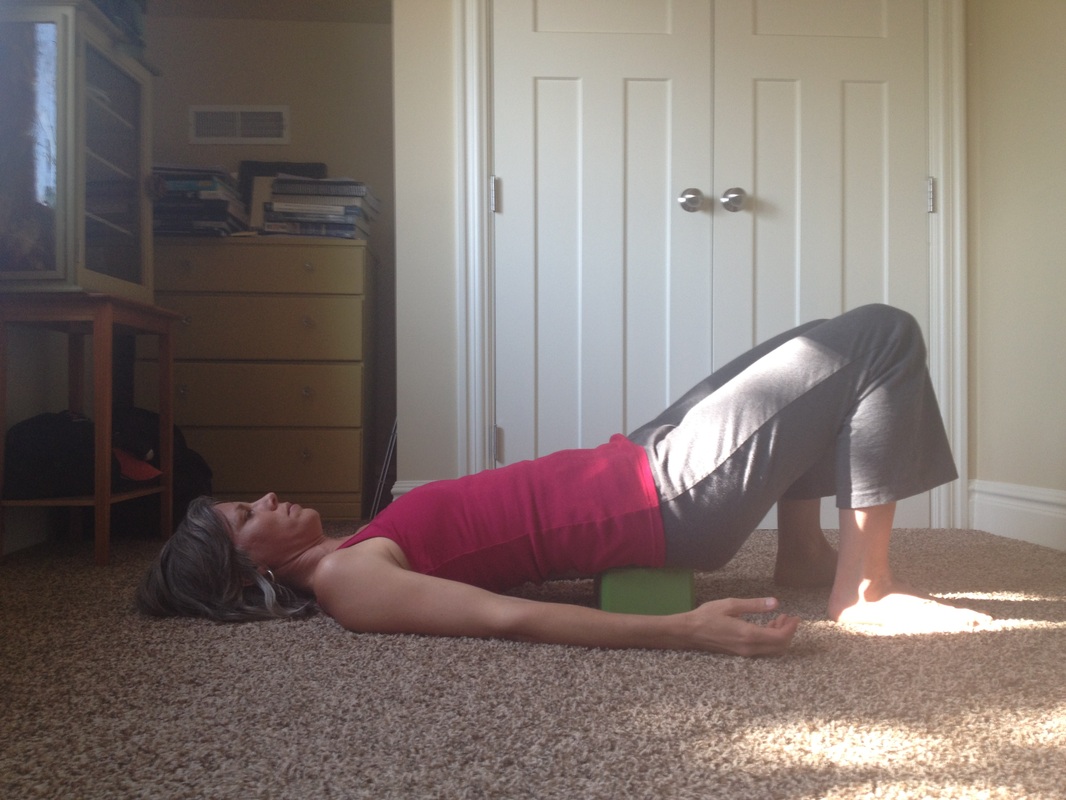
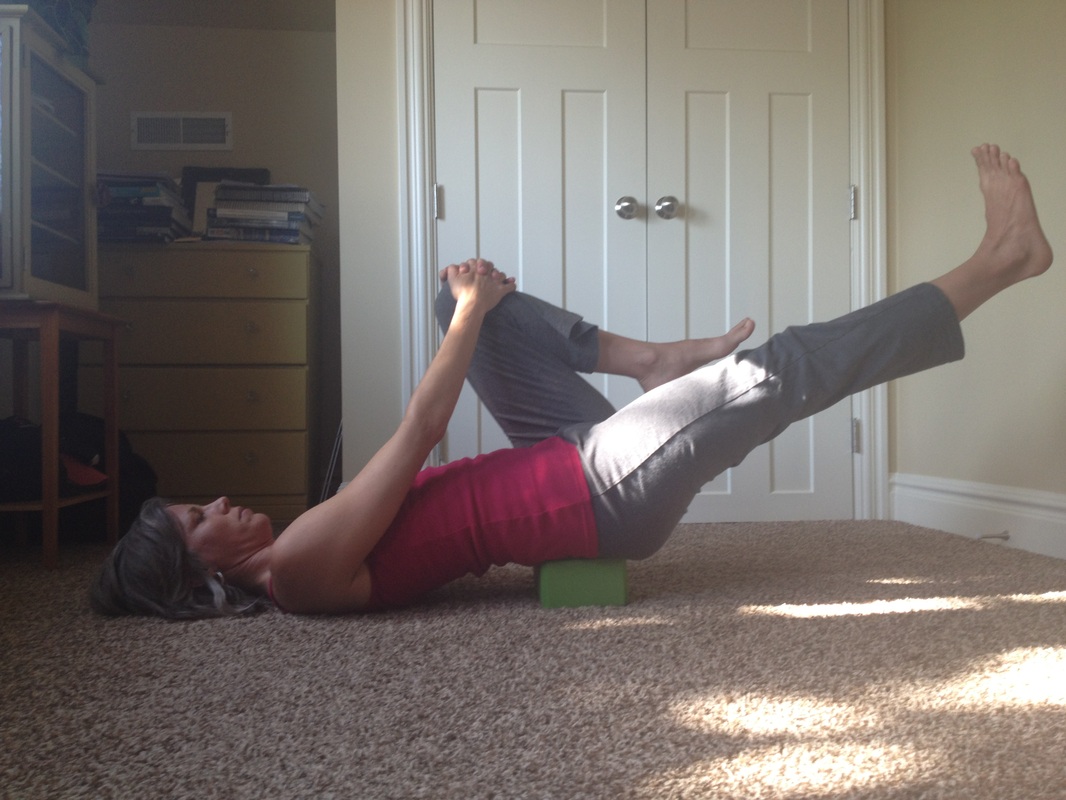
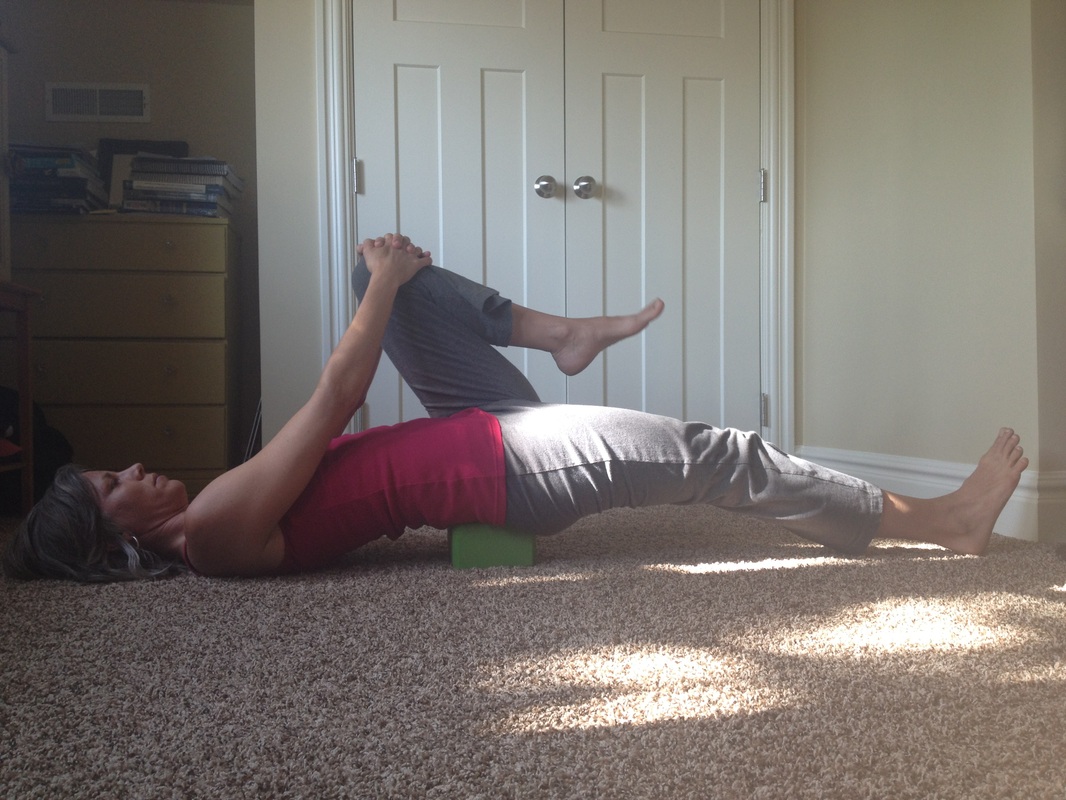


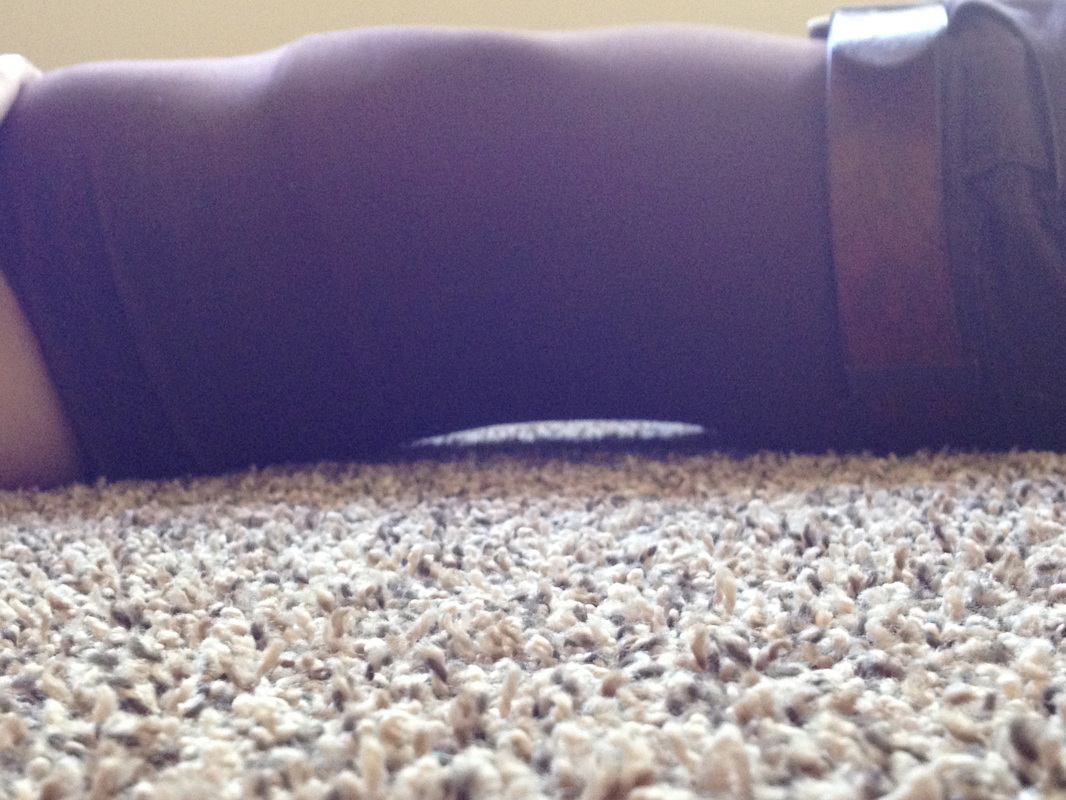
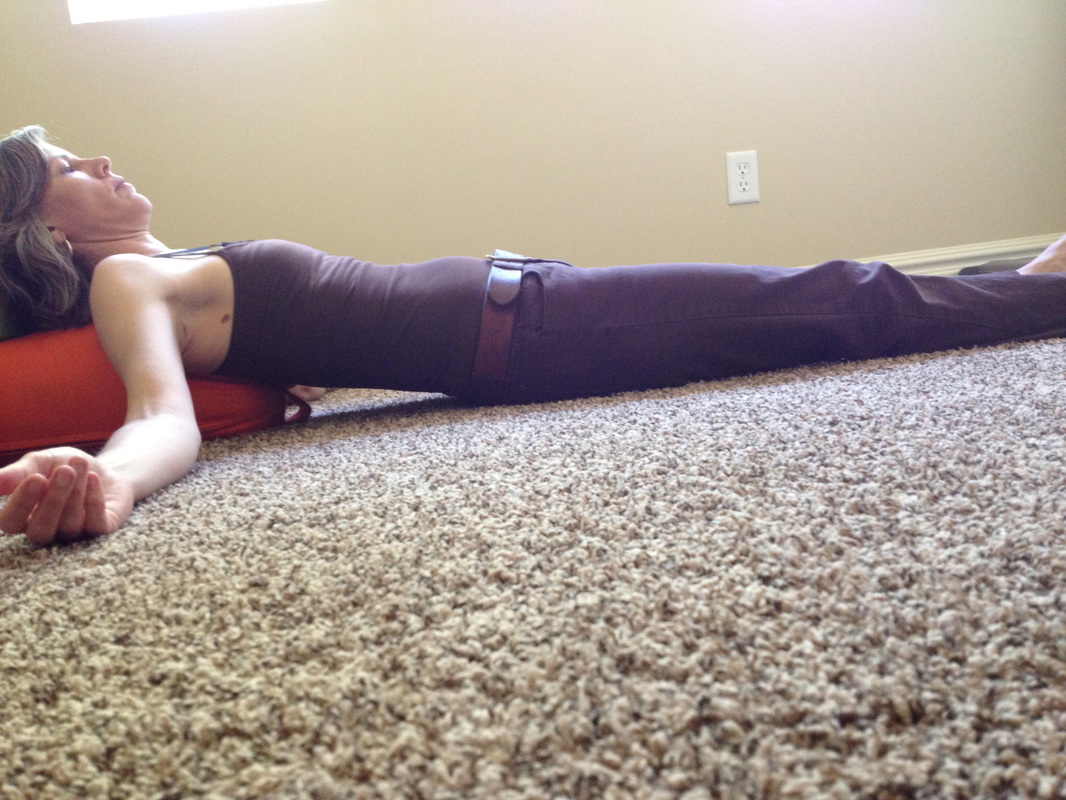


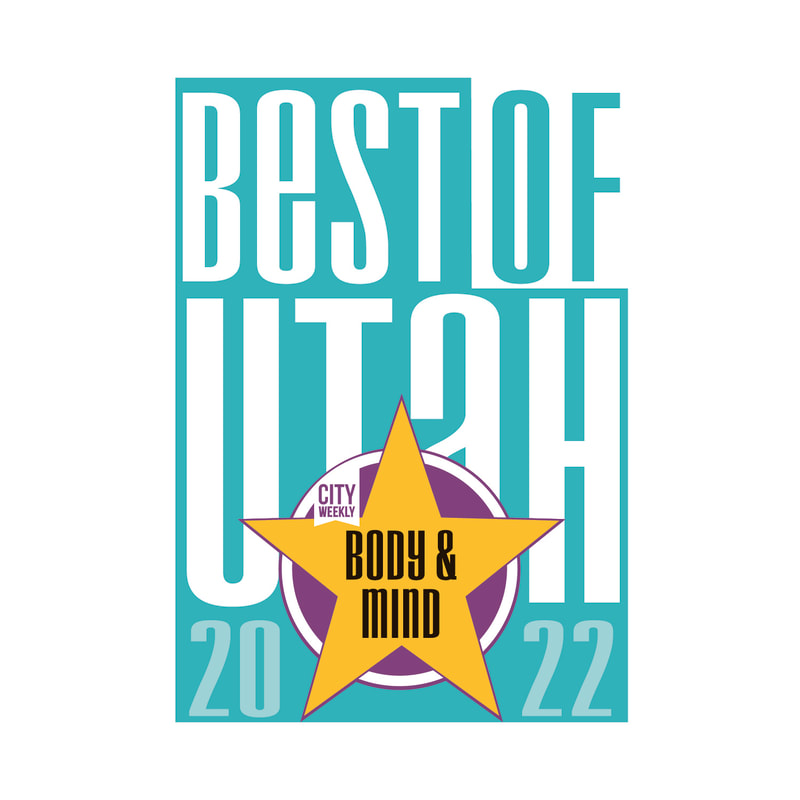



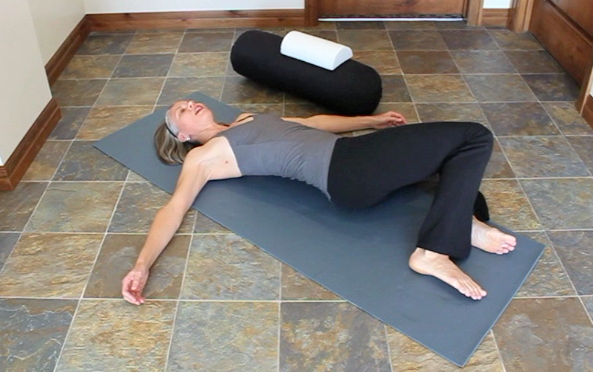
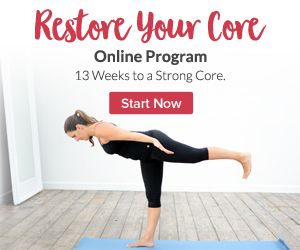
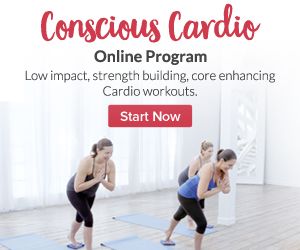
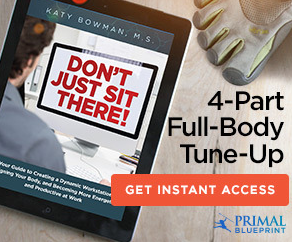
 RSS Feed
RSS Feed